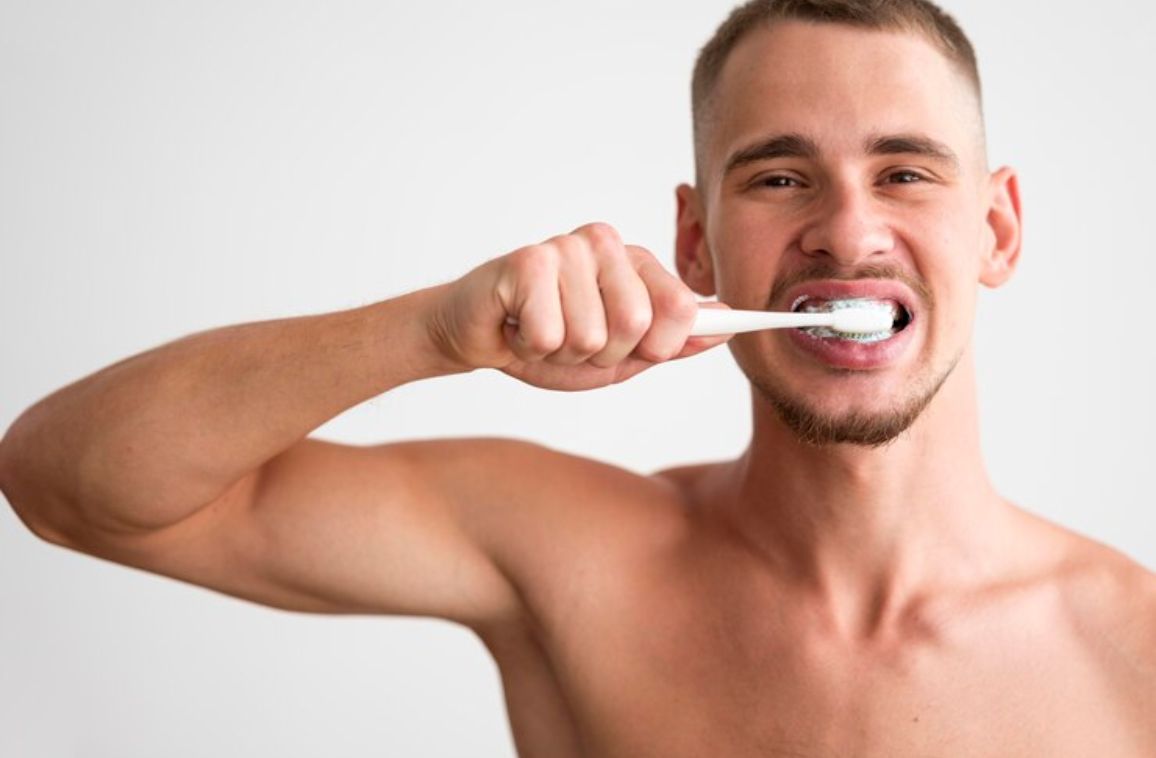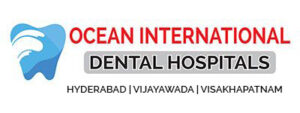Brushing teeth properly is necessary to ensure healthy teeth and gums. Good oral hygiene needs to be practiced. Keeping your teeth clean is very essential for a healthy mouth.
People who prefer a healthy smile are conscious of the following questions about healthy oral hygiene, which focus on how to brush teeth correctly.
- How long indeed to brush for?
- How often to brush, and also at what times of day?
- Whether to floss before or perhaps after brushing teeth.
- Whether to rinse after brushing.
- How to choose the best products for your oral hygiene routine.
- Toothbrushing mistakes that need to be avoided.
The dentist does advise the best way to brush for adults.
How many times a day to brush your teeth?
Brush teeth at least twice a day. It is possible to overbrush one’s teeth, but this is due to bad technique rather than brushing too often.
Only brushing teeth once a day is not sufficient to keep them clean. Once-a-day brushing does lead to bacteria in dental plaque, meaning increased chances of teeth cavities.
When to brush teeth?
Brush your teeth before going to bed, and at least once more during the day. For most people, morning is preferred, usually either before or after eating breakfast. It is fine to brush more often than this, perhaps after lunch as well, provided the person is brushing their teeth correctly.
It is important to have clean teeth before bedtime.
How long to brush teeth?
Two to three minutes is, of course, the recommended teeth-brushing time. Any less than this is not advisable. Brushing teeth for longer is not required, as this can damage teeth and gums from over-brushing. Developing a brushing routine does help.
Floss before or after brushing?
Flossing before brushing teeth helps clean the surfaces between the teeth, thus making the fluoride in toothpaste more effective.
Rinse after brushing teeth?
No. If rinsing after brushing, the person washes away the fluoride in one’s toothpaste, which is there to help fight decay and strengthen one’s teeth. Spit but do not rinse, and the fluoride stays on the teeth for longer.
Should a person brush the tongue?
Try a tongue scraper rather than a toothbrush.
Cleaning one’s tongue does help prevent bad breath and also lowers the amount of bacteria in one’s mouth. Brushing the tongue with a toothbrush is not as effective as making use of a tongue scraper, though. The special design of tongue scrapers also makes them rather less likely to trigger the gag reflex.
Brush gums?
No. Do not brush gums. The part most at risk is the gumline, where the gums tend to meet the teeth. Brushing teeth at a 45-degree angle will clean along the gumline.
A person might need to visit the hygienist for a scale and polish to remove any sort of tartar that is already built up on one’s teeth; otherwise, the person risks developing gum disease.

Ok to chew gum rather than brush teeth?
This is not a substitute for brushing one’s teeth, chewing sugar-free gum after eating can help prevent cavities. It does make the person produce more saliva, which helps fight acids that can damage one’s teeth. It can also help to dislodge food particles.
Use sugar-free gum to avoid cavities.
How does the person know if brushing is ok?
The teeth should feel clean and smooth after brushing, but there still can be plaque hiding along the gum line or between the teeth, which the person may not be aware of.
effort to improve your technique.
Conclusion
How to brush teeth correctly? This is a question most people like to be answered.


